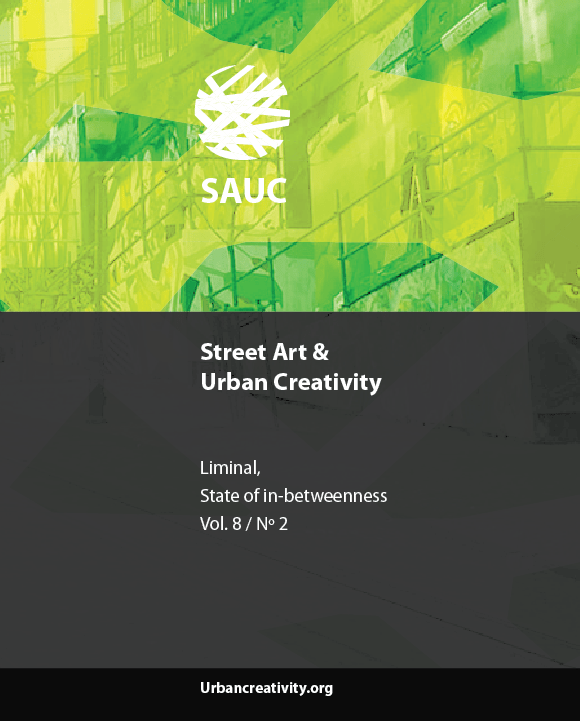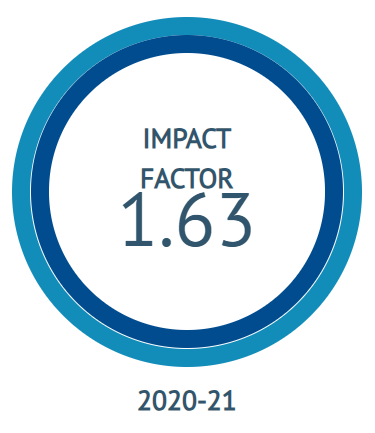Editorial
About Liminal (state of in-betweenness)
DOI:
https://doi.org/10.25765/sauc.v8i2.660Abstract
Liminality is the quality of ambiguity or disorientation that occurs in the middle stage of a rite of passage, when participants no longer hold their pre-ritual status but have not yet begun the transition to the status they will hold when the rite is complete.
Arnold van Gennep’s in “Les Rites de Passage” (1908), introduced the term into the field of anthropology. Van Gennep drew the attention to liminality, as a new abbreviated form of an individual´s deliberate and voluntary transition into a disoriented, intermediate state – through time amidst a ritual.
Since CIAM (Congrès Internationaux d’Architecture Moderne) in 1959 Van Eyck was anthropologizing architecture into in- betweenness. Van Eyck thusly marked the beginning of ‘architectural structuralism’ and stated an attempt to reunite spatial and temporal polarities, to evoke a sense of place.
Since the 1950´s, Victor Turner, a cultural anthropologist, on the other hand, reintroduced liminality into anthropology in his essay, “Liminal to Liminoid, in Play, Flow, and Ritual” (1974)
Downloads
Global Statistics ℹ️
|
397
Views
|
63
Downloads
|
|
460
Total
|
|
Downloads
Published
How to Cite
Issue
Section
License
Those authors who publish in this journal accept the following terms:
-
Authors retain copyright.
-
Authors transfer to the journal the right of first publication. The journal also owns the publishing rights.
-
All published contents are governed by an Attribution-NoDerivatives 4.0 International License.
Access the informative version and legal text of the license. By virtue of this, third parties are allowed to use what is published as long as they mention the authorship of the work and the first publication in this journal. If you transform the material, you may not distribute the modified work. -
Authors may make other independent and additional contractual arrangements for non-exclusive distribution of the version of the article published in this journal (e.g., inclusion in an institutional repository or publication in a book) as long as they clearly indicate that the work was first published in this journal.
- Authors are allowed and recommended to publish their work on the Internet (for example on institutional and personal websites), following the publication of, and referencing the journal, as this could lead to constructive exchanges and a more extensive and quick circulation of published works (see The Effect of Open Access).













